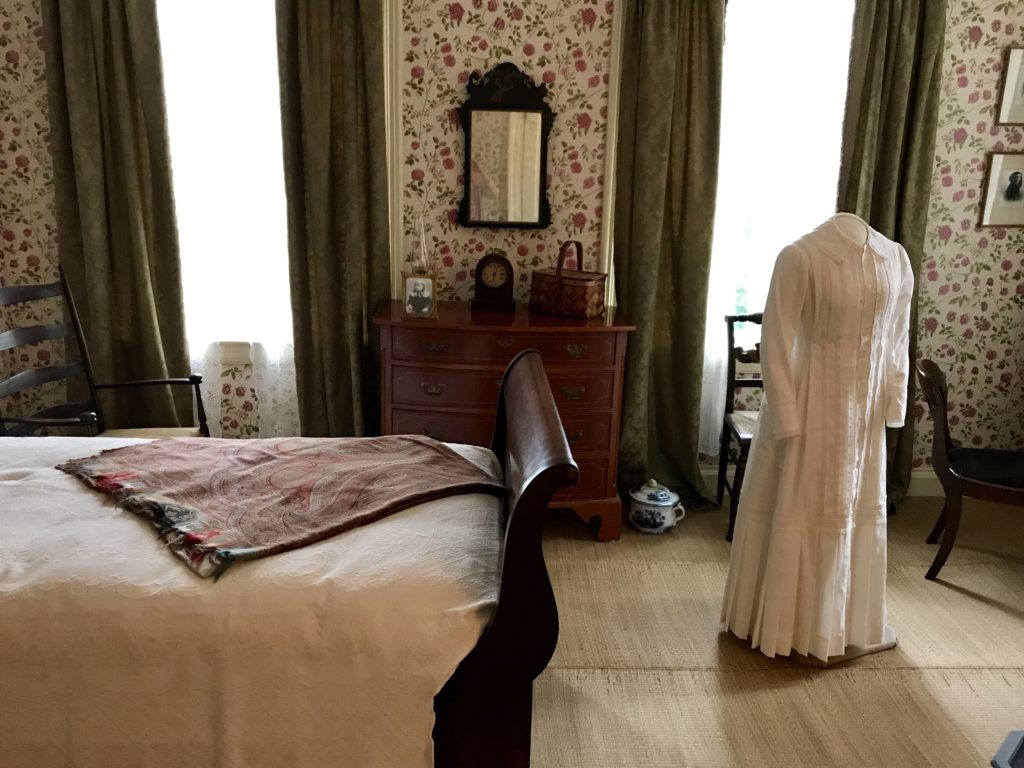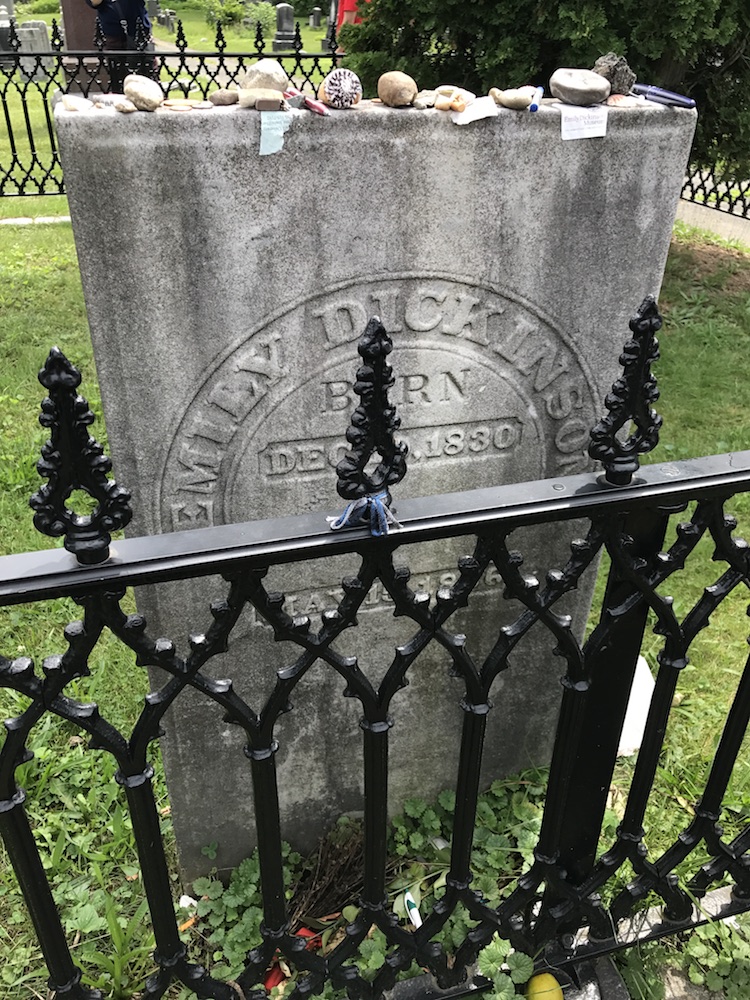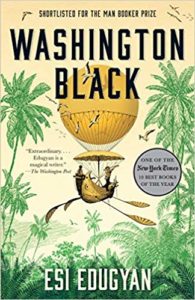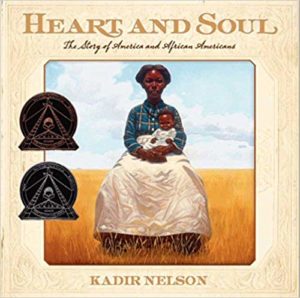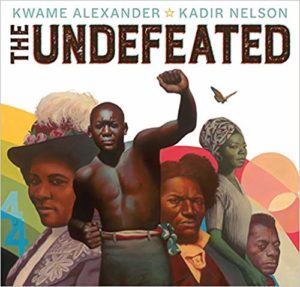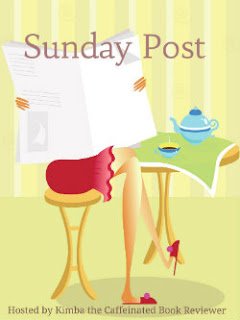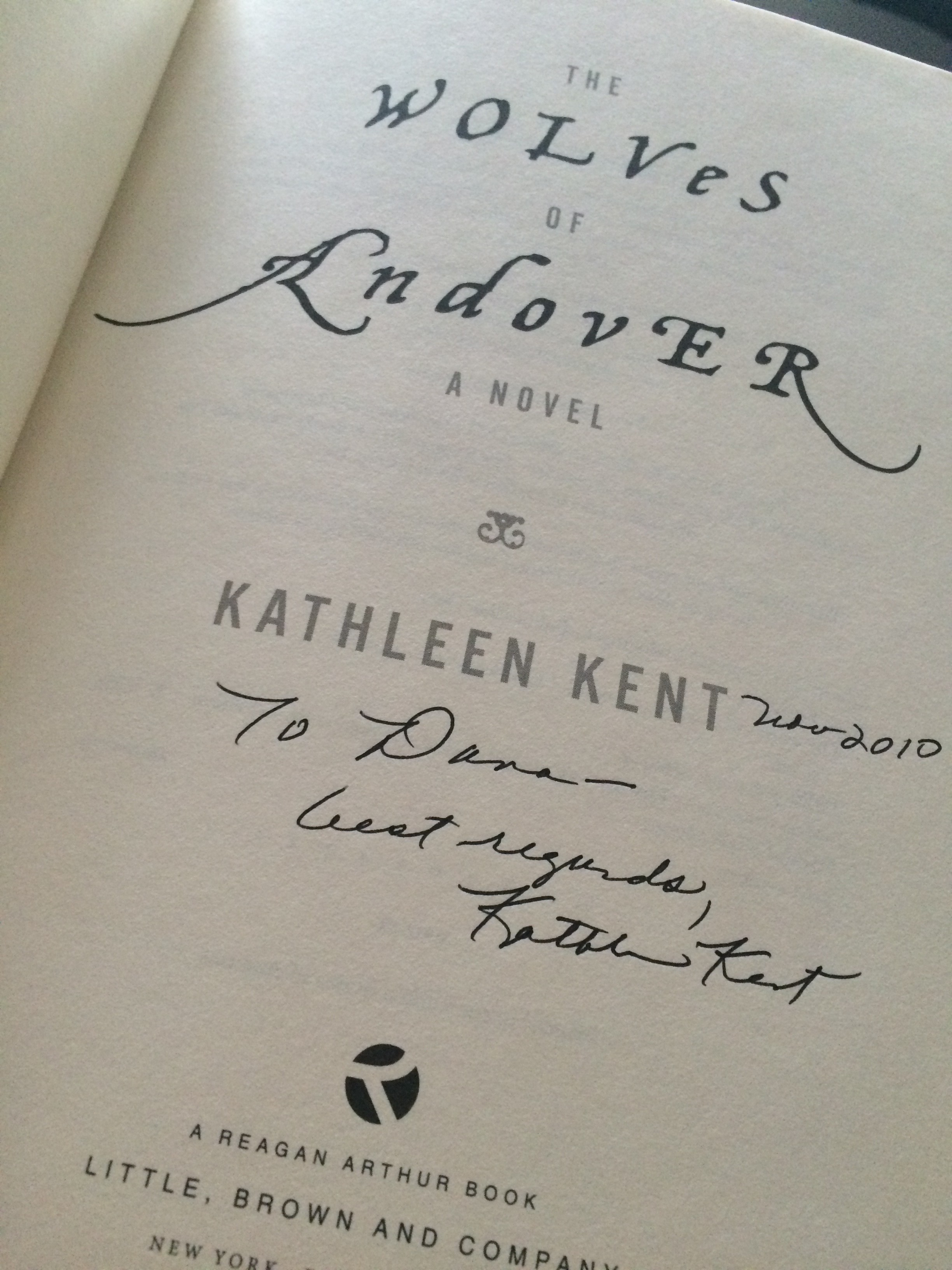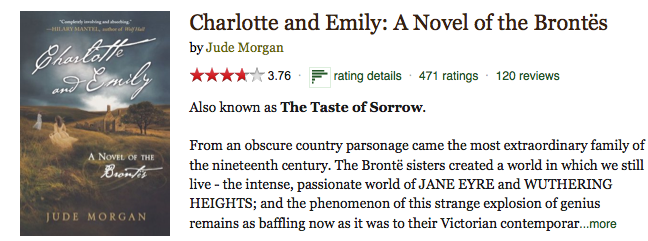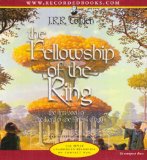I have not blogged about my reading a very long time. It’s been eventful around here. I took on extra duties at work, our cat passed away, we adopted kittens in August. Meet Velma and Daphne.

They are incredibly lovable and sweet. We adore them!
Here is a list of all the books I’ve read since I last wrote a review on my blog with a star-rating attached. I don’t think I’ll get around to reviewing these books. I started to write a catch-up post with reviews in September, and I was overwhelmed. Links go to Bookshop.org if you’re interested in purchasing. I would earn a small commission.
- Keats: A Brief Life in Nine Poems and One Epitaph by Lucasta Miller. Rating:





- The Witch of Willow Hall by Hester Fox. Rating:





- The Tenant of Wildfell Hall by Anne Brontë. Rating:





- A Bite-Sized History of France: Delicious, Gastronomic Tales of Revolution, War, and Enlightenment by Stephane Henaut and Jeni Mitchell. Rating:





- Circe by Madeline Miller. Rating:





- Lives Like Loaded Guns: Emily Dickinson and Her Family’s Feuds by Lyndall Gordon. Rating:





- All the Light We Cannot See by Anthony Doerr. Rating:





- Admissions: A Memoir of Surviving Boarding School by Kendra James. Rating:





- The Invisible Life of Addie LaRue by V. E. Schwab. Rating:





- The Song of Achilles by Madeline Miller. Rating:





- The Brontë Myth by Lucasta Miller. Rating:





- Watercress by Andrea Wang. Rating:





- The White Hare by Jane Johnson. Rating:





- Death and the King’s Horseman by Wole Soyinka. Rating:





- Surrender: 40 Songs, One Story by Bono. Rating:





Of these books, my two favorites are Circe and Surrender (big U2 fan here). I was slightly disappointed by The Brontë Myth because it focused almost entirely on Charlotte Brontë. Anne was entirely neglected and Emily nearly so. I get why: we just don’t really know that much about them because they died before they became major literary stars whereas Charlotte survived long enough to see her fame blossom. I still gave the book 4 stars as it was informative. It wasn’t in the same league as Miller’s book about Keats. I thoroughly enjoyed both Madeline Miller books and plan to read more in that vein (seems like a burgeoning industry to retell Greek myths). I felt like The Invisible Life of Addie LaRue owed a little bit to the Doctor Who episode about Ashildr, introduced in the episode “The Woman Who Lived” (one of my all-time favorites episodes and characters).
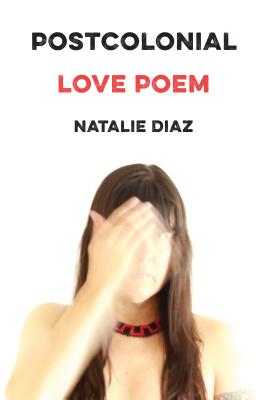 Postcolonial Love Poem by
Postcolonial Love Poem by 
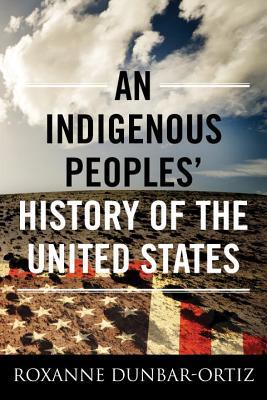 An Indigenous Peoples' History of the United States (ReVisioning American History, #3) by
An Indigenous Peoples' History of the United States (ReVisioning American History, #3) by  Keep Moving: Notes on Loss, Creativity, and Change by
Keep Moving: Notes on Loss, Creativity, and Change by 
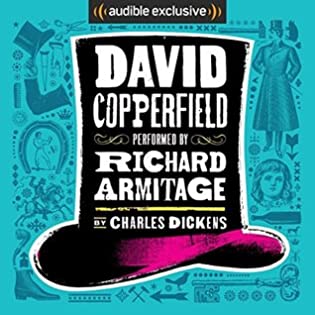 David Copperfield by
David Copperfield by 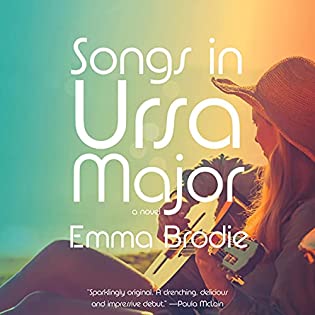 Songs in Ursa Major by
Songs in Ursa Major by 

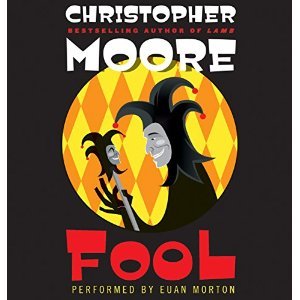 Fool by
Fool by 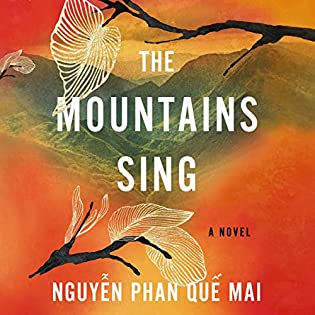 The Mountains Sing by
The Mountains Sing by 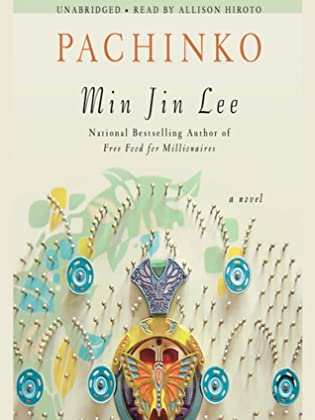 Pachinko by
Pachinko by 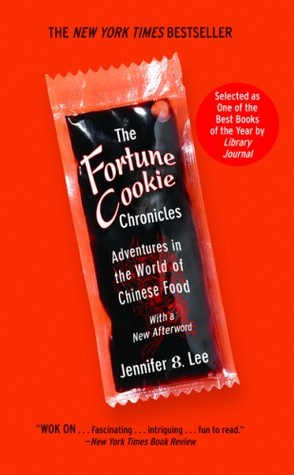 The Fortune Cookie Chronicles: Adventures in the World of Chinese Food by
The Fortune Cookie Chronicles: Adventures in the World of Chinese Food by 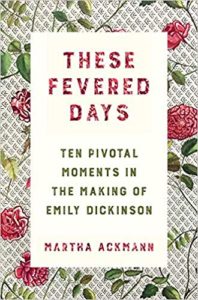 These Fevered Days: Ten Pivotal Moments in the Making of Emily Dickinson by
These Fevered Days: Ten Pivotal Moments in the Making of Emily Dickinson by 